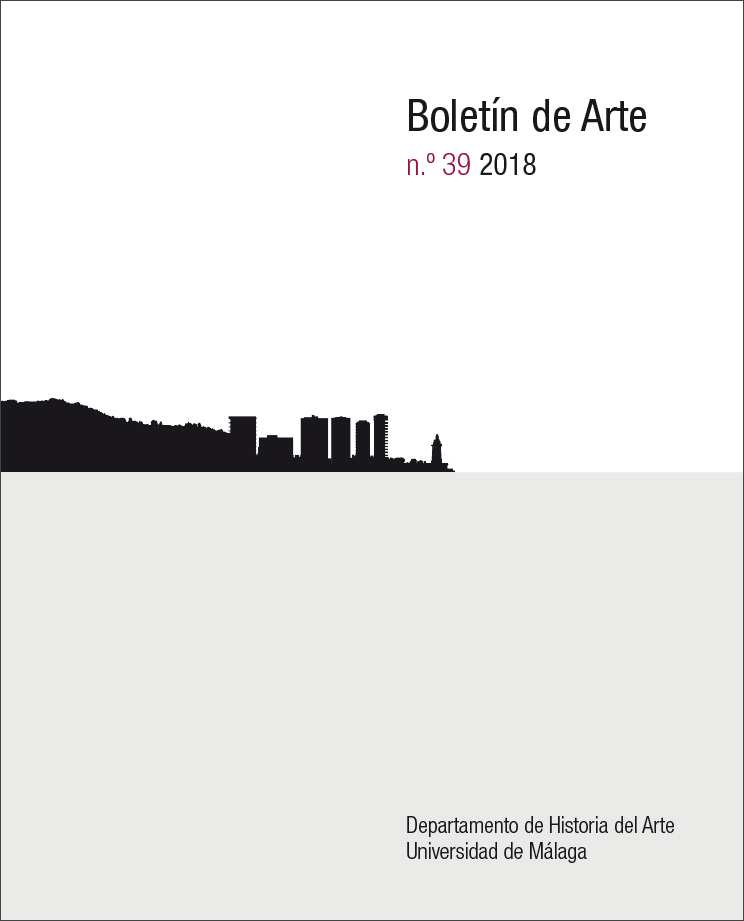The Champs Elysées of Zaragoza: an Urban Recreation Site for Nineteenth-Century Society
DOI:
https://doi.org/10.24310/BoLArte.2018.v0i39.4862Abstract
In this text we study the Champs Elysées in Zaragoza, which was a public pleasure ground established in 1868 in the paseo de Torrero (present day paseo de Sagasta), near the bridge over the river Huerva, modelled on those installed in other European cities in that century. It was conceived as a space for public amusement and conviviality, and offered a wide variety of shows and forms of entertainment that were fashionable at that moment: concerts, plays, zarzuelas, dances and walking areas. It was also an indispensable element in the construction process of urban modernity in this city. It disappeared at the end of the nineteenth century, although the land was used for other purposes until the Thirties when the Elysées building (paseo de Sagasta, nos. 2 and 4, corner of Gran Vía, nos. 1 and 3) was built.
Downloads
Metrics
Publication Facts
Reviewer profiles N/A
Author statements
Indexed in
-
—
- Academic society
- N/A
- Publisher
- Universidad de Málaga.
Downloads
Additional Files
- PIES DE TEXTO DE FIGURAS DEL ARTÍCULO Los Campos Elíseos de Zaragoza: un sitio de recreo urbano para la sociedad decimonónica (Español)
- Figura 01 (Español)
- Figura 02 (Español)
- Figura 03 (Español)
- Figura 04 (Español)
- Figura 05 (Español)
- Figura 06 (Español)
- Figura 07 (Español)
- Figura 08 (Español)
- Figura 09 (Español)
- Figura 10 (Español)
Published
How to Cite
Issue
Section
License
Todos los contenidos publicados en la revista Boletín de Arte están sujetos a la licencia Creative Commons Reconocimento-NoComercia-Compartirigual 4.0 cuyo texto completo puede consultar en <http://creativecommons.org/licenses/by-nc-sa/4.0>

Los/as autores/as cuyas contribuciones sean aceptadas para su publicación en esta revista conservarán el derecho no exclusivo de utilizar sus contribuciones con fines académicos, de investigación y educativos, incluyendo el auto-archivo o depósito en repositorios de acceso abierto de cualquier tipo.
La edición electrónica de esta revista esta editada por la Editorial de la Universidad de Málaga (UmaEditorial), siendo necesario citar la procedencia en cualquier reproducción parcial o total.












4.png)
